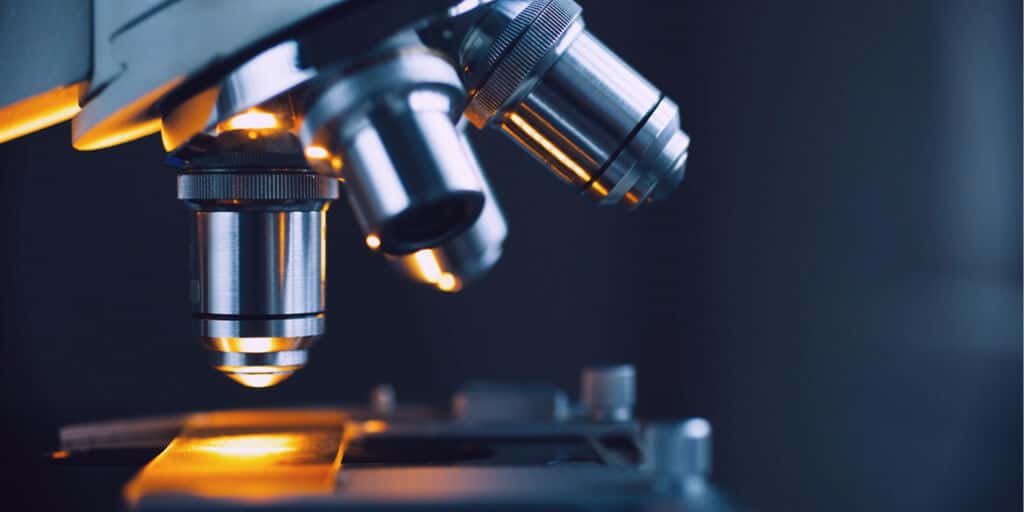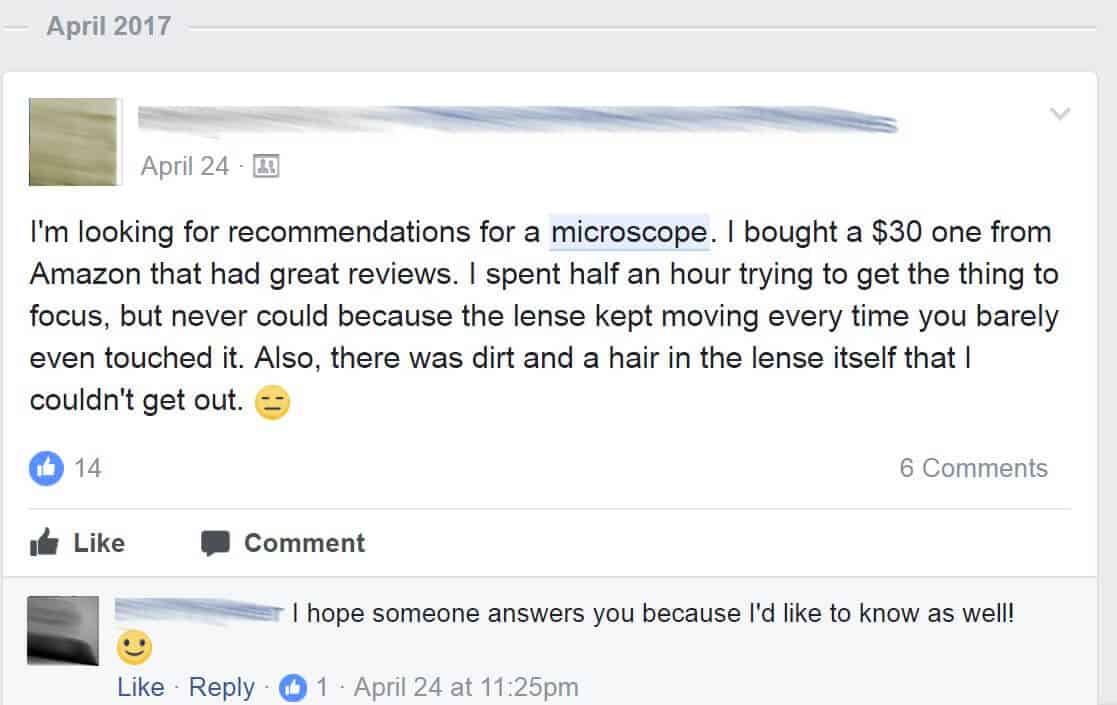
When you look at quality, functionality, and price, this model can’t be beaten. If you spend several thousand dollars, you’re still unlikely to notice any difference in capability. This is the best value for the money.
Younger children will be able to “grow into” the microscope, because it will remain a useful tool for many years to come. The device is appropriate for a plethora of scenarios: early education, educational lab environments, teaching demonstration, medical labs, and veterinary clinics. Everyone from eight-year-olds to college microbiology students will discover this microscope suits their needs.
One of the coolest features of this microscope is the ability to connect a USB digital camera to the lens and record the cellular activity. The video/photos can then be saved to a computer.
What can I see? Eight levels of magnification range from 40X-2000X allows students to see the nucleus, cell walls, cell membranes, and some of the bigger organelles.
The package comes with everything you need. 100-piece blank glass slides and cover slips and plenty of lens cleaning paper. If your child is too much younger than 10 years old, you will want to supervise. This is a complex machine, and you may want to consider a different model.








